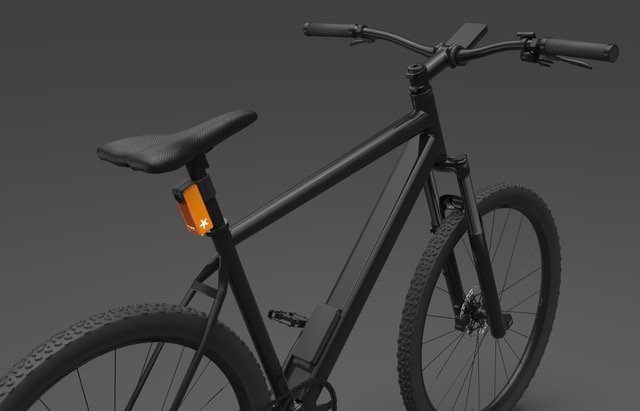Recently, Qualcomm announced an effort with Spoke to put their Cellular Vehicle-to-everything (C-VTX) technology on bikes, scooters, and motorcycles. This move is so that future cars, autonomous or not, would be better able to see and avoid accidents with these vehicles. Certainly important, but cars share the road with lots of things, pedestrians, pets, endangered species, construction vehicles, older non-connected cars, and even horses and buggies.
On Nextdoor, hearing about the tragic end to a pet is almost as bad as the near-daily reports of pedestrians and bike riders hit and killed by cars. The deaths of small children who run out in the road and are killed and stories of tagged and protected animals that get hit by cars and trucks with tragic results for both are also tragic. What if we used the C-V2X technology—which has been miniaturized—and put it into smartphones, pet tags, endangered species tags, and everything else that shares the road with cars like Amish vehicles and even horses?
Let’s explore that this week.
Avoidable Accidents
One of my guilty pleasures is watching nasty driver videos on YouTube and try to pretend I’m there, alert, and figure out whether I could avoid the accident. I’m rarely successful because you generally can’t see an accident until it is too late to avoid it, even if you expect it. Someone runs a stop sign or light, doesn’t realize the other cars are stopped for someone turning or a pedestrian, or you have some idiot driving too fast and either under the influence or not paying attention and BLAM! An avoidable accident.
This C-V2X technology is bidirectional, so it could alert pedestrians who aren’t paying attention or don’t see the risk coming to get off the road. It could alert the driver that there is a moving obstacle that they might hit long before seeing it. You could even train your pet to reverse and flee home if it hears an alert signal (not to mention you could use this to track and find your current pet or small child who escaped the yard before they got hit).
This implementation would be less critical for an autonomous vehicle that won’t be driving crazy. Still, it could be part of a safety net for a human driver who may not pay attention or see the child or pet. This alert will protect the child or pet and the driver from litigation and guilt if they fail to stop in time.
Deer travel in groups, and one deer having this technology could warn drivers to slow and allow the herd to pass without the trauma of having one of these things suddenly enter your car fatally through your windshield.
Simply making it part of every smartphone would provide a wireless shield that could prevent the distracted pedestrian, bike rider, or car driver from having an unforgettable experience they’d like to survive, let alone forget.
C-V2X used broadly, even before autonomous cars become common, could save thousands of human and other lives and make the roads far safer for mixed use (like in rural areas where cars still share the roads with horses, farm equipment, and livestock).
Wrapping Up: Saving Lives
One of the most essential yet potentially underused technologies coming to market is Qualcomm’s C-V2X technology. Slated initially for bikes, scooters, and motorcycles, if it were applied more broadly and put into smartphones, it could provide a level of protection for children, pets, pedestrians, and a host of things that currently, and too often tragically, share the road with cars.
The cost against the tragic outcome of a preventable life loss is insignificant. Even before we have autonomous cars, this technology could save countless lives, including our pets. I recall a post on Nextdoor where a woman was so thankful that someone who had hit her pet had taken the trouble to pick it up and return it to her, so she didn’t wonder what had happened to it. How much better would it have been if the pet hadn’t had to die in the first place? Qualcomm’s C-V2X could well become one of the most powerful life-saving technologies ever introduced.
- The Mighty Mini: Why HP’s Z2 Mini G1a Workstation Is the Unsung Hero of AI Development - July 7, 2025
- The HP OmniBook X Flip 2-in-1 16-Inch: Your New Digital Swiss Army Knife (Now in Glorious Atmospheric Blue) - June 25, 2025
- The Open AI Avalanche: Why AMD’s Collaborative Spirit Is Outmaneuvering NVIDIA’s Empire - June 22, 2025



